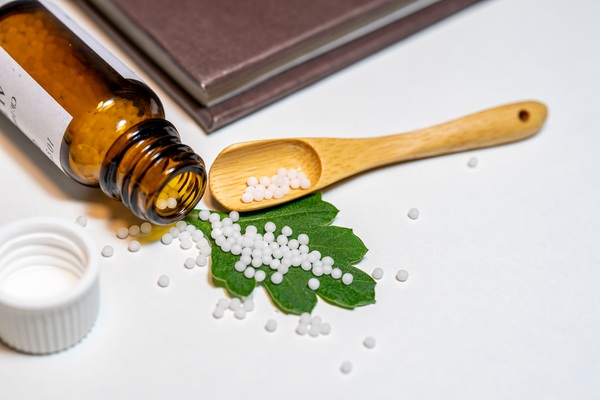The Use of Original German and Indian Homeopathy Medicines
Homeopathy, a system of alternative medicine, has gained popularity worldwide for its holistic approach and minimal side effects. Originating in Germany in the late 18th century, homeopathy has spread its roots globally, with different regions developing their unique approaches and formulations. Among the diverse practices, two prominent branches have emerged: Original German and Indian Homeopathy, each with its distinctive characteristics and followers.
Understanding Original German Homeopathy:
The foundation of homeopathy was laid by Samuel Hahnemann, a German physician, with the principle of "like cures like" and the use of highly diluted substances to trigger the body's natural healing abilities. Original German Homeopathy adheres strictly to Hahnemann's principles and methodologies.
German homeopathic remedies typically employ single substances derived from various natural sources such as plants, minerals, and animal products. These substances undergo a process of potentization, diluting them to extreme levels while vigorously shaking or succussing between each dilution. Proponents of Original German Homeopathy emphasize the importance of individualized treatment, where the remedy is tailored to the patient's specific symptoms and constitution.
Usage and Followers of Original German Homeopathy:
In Germany and parts of Europe, Original German Homeopathy enjoys a strong following. Many practitioners and patients prefer this approach due to its adherence to Hahnemann's original principles and the belief that it offers a more precise and effective form of treatment. It's commonly used for various chronic and acute conditions, including allergies, skin disorders, respiratory issues, and mental health concerns.
Patients seeking Original German Homeopathy often value its holistic approach, aiming not just to alleviate symptoms but to address the underlying causes, promoting overall wellness.
Exploring Indian Homeopathy:
In India, homeopathy gained prominence during the British colonial era and evolved under the guidance of eminent practitioners like Dr. Hahnemann. Indian Homeopathy combines Hahnemann's principles with traditional Indian medicinal practices like Ayurveda. This fusion resulted in a diverse range of remedies, incorporating substances from both Western and Eastern medicinal systems.
Indian Homeopathy also emphasizes individualized treatment, taking into account the patient's physical, mental, and emotional state. Remedies are often derived from plant sources widely found in India, such as Neem, Arnica, and Rhus tox.
Usage and Followers of Indian Homeopathy:
Indian Homeopathy has a vast following in India and some parts of Asia. Its integration of Ayurvedic concepts appeals to many individuals seeking a holistic approach to healing. Indian Homeopathy is used to treat a wide array of health conditions, including chronic diseases, skin disorders, digestive issues, and pediatric ailments.
The popularity of Indian Homeopathy extends beyond its borders, attracting individuals globally who prefer its blend of traditional healing methods with the principles of homeopathy.
Conclusion:
Original German and Indian Homeopathy, while originating from the same fundamental principles, have evolved into distinct branches with their unique approaches, remedies, and followers. Both emphasize individualized treatment and the use of highly diluted natural substances to stimulate the body's healing processes.
These two branches of homeopathy continue to thrive, catering to individuals seeking alternative and holistic approaches to health and well-being. The choice between Original German and Indian Homeopathy often depends on personal preferences, cultural influences, and the availability of practitioners specializing in these respective traditions. Ultimately, both aim to promote healing and improve overall health, contributing to the diverse landscape of alternative medicine globally.

Comments
Post a Comment